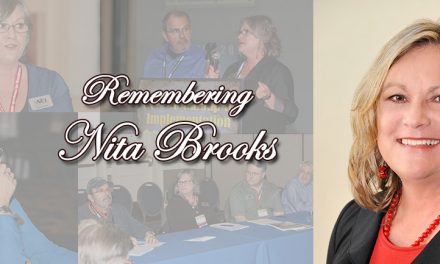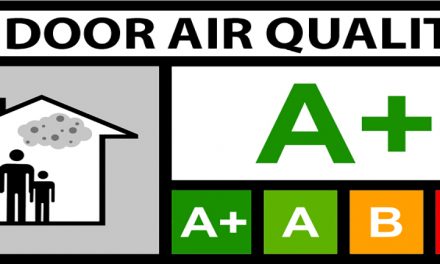Then we do a combustion test on every PM service. When we finish our work, we send them our complete preventive maintenance form so they have something in writing that explains what we did and what we found.
To better help them understand the results of our analysis, we use colored boxes to reflect their CO status. A green box means all is well. A yellow box means there isn’t an emergency, but they should consider taking some action. And a red box means we shut down the furnace because it poses an imminent danger.
CO Monitors Versus CO Detectors
On every service call, our technicians will explain the importance of having a low-level CO monitor in their homes. Typically, the customer responds with, “Oh, we already have a detector.”
Our guys know to tell them that detectors are government-regulated and can’t alarm until harm is already done. On the other hand, monitors measure much lower CO ranges in the air, which alerts consumers before harm can be done. When it comes to equipment installations and replacements, we get past this argument by always installing a low-level CO monitor as part of our service.
Our salespeople always include a low-level monitor with the bid, and we put one in every time we do anything with gas-fired equipment.

In addition, at Masterworks, we always buy a few low-level monitors every year to keep around as loaners. Let’s say a customer is buying a furnace, but it won’t come in for two weeks, and something sketchy is happening with the old one. We’ll leave one of our loaner monitors to ensure CO isn’t being produced in rising numbers.
Employee Morale and Productivity
Another thing I want to say is the importance of networking and having others in the industry available for advice. I was lucky to have people like Tom Johnson to help me incorporate combustion testing into our daily routines. He and other advisors were great for making us do all the right things. But I was worried about whether it was “taking” properly.
That worry was put to rest when I found our guys returning from service and installation jobs talking about CO numbers, or things they caught that other HVAC companies would miss. Their morale was sky-high. That’s when I knew it was working. Combustion success stories became part of our team’s daily conversations.
Typically, when a company wants to make changes, the orders come from top management and are fed down to the workforce. When those changes are fed from the bottom to the top, that’s when you know you’ve got a program that’s up and running successfully. When that happens, our team’s productivity soars.
Communicating Your Brand
Our biggest advertising and marketing spend is on our vehicles. Everybody recognizes them because they’re the only maroon fleet on the road. That’s what keeps us going. We base much of our marketing on word of mouth. People know Masterworks because they’ve seen our trucks and the quality of our work. I think it’s safe to say that we have safety baked into their culture.
Our customers and the community we serve see our company differently — the more people in your community who know your brand, the better. I read somewhere that studies show businesses with a strong safety culture are generally better equipped to handle challenges and changes.
Safety enhances customer trust and confidence, improves employee satisfaction, and creates overall business success.
Vic Updike and his wife Amy own Masterworks Mechanical LLC of Craig, CO. Vic has worked in the HVAC Industry as a technician, service manager, as well as other positions for more than 30 years. If you’d like to learn more about their CO culture, reach out to him at ncilink.com/ContactMe.













Recent Comments